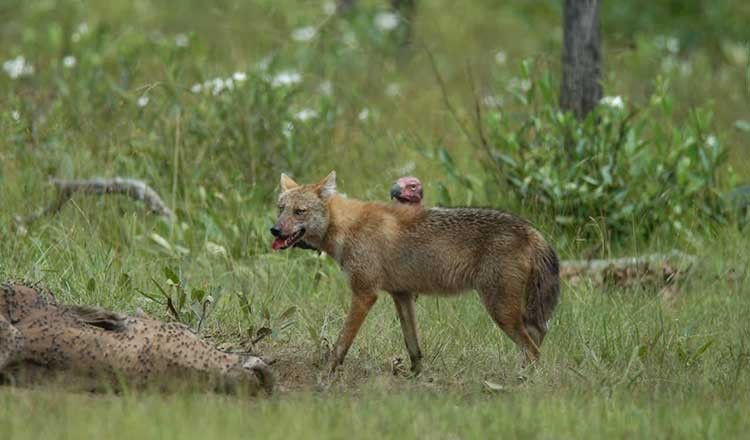
Golden Jackal pop backs up after hunting dog ban
An official at the Ministry of Environment said yesterday that the population of the Golden Jackal in Cambodia has increased amply after the government banned people from taking hunting dogs into wildlife-protected areas.
The golden jackal, scientifically known as Canis aureus, and listed as Least Concern on the IUCN Red List, had at one time dropped sharply in number due to hunting and snaring.
An Environment Ministry spokesman Neth Pheaktra said yesterday that forest rangers have been reporting a significant increase in encounters with the wolf-like golden jackal in wildlife-protected areas across the country.
“Apart from the dog helping humans hunt, the ban is enforced because domestic dogs can infect the jackal and other animals in the sanctuary, thus killing them slowly,” he said.
“We currently do not have statistics on their number, but our rangers reported that they have been seeing golden jackals more often than before, especially in the northeastern region of the country.
“These sightings reflect the increase in their population,” he said.
He added the apparent increase implies the effectiveness of the protection and preservation of wildlife by the authorities stationed in protected areas.
Golden jackals are described as both a predator and a scavenger,[91] and omnivorous and opportunistic foragers with a diet that varies according to their habitat and the season. A female golden jackal can give birth to five or six cubs while the mammal can live up to 16 years.




